Explore Different Styles
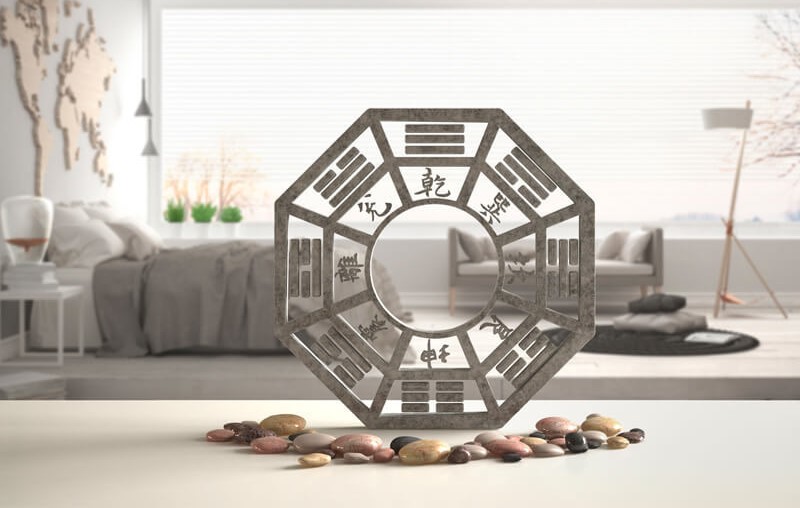
Feng Shui
Feng Shui is a traditional practice originating from ancient China. It focuses on considering placement of items, symbols, architecture, etc. in relation to qi, nature’s energy. Feng shui has historically been taken into consideration when orienting everything from new business buildings to furniture inside a new home.
Additonal Resources:
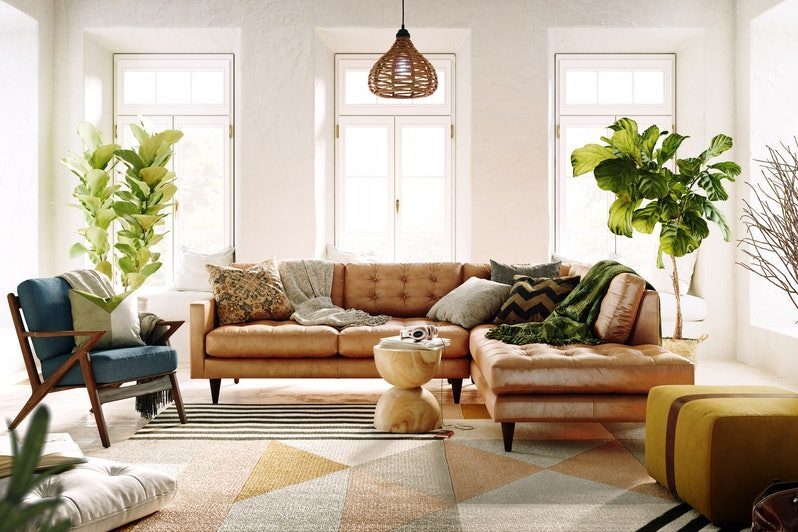
Mid Century Modern
Mid Century Modern is an American design movement that came about in response to the post-World War II environment. The clean design inspired by Brazilian and Scandinavian architects in the 1950s emphasizes open floor plans, organic style integrated with nature, and mixing Modernist design into the overall aesthetic.
Additonal Resources:
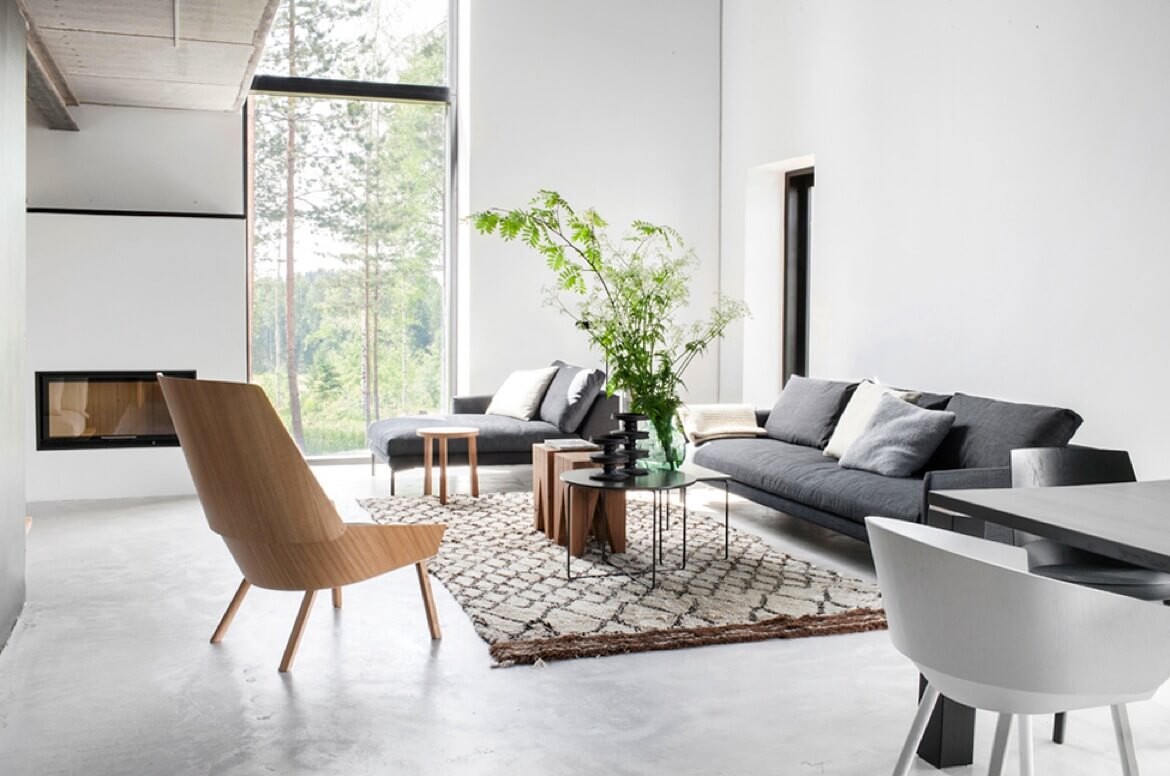
Scandinavian
Scandinavian design emerged in the early 20th century and became popularized in the 1950s throughout the Scandinavian countries (e.g., Sweden, Finland). By applying minimalist and functional design to household goods and furniture, there's a focus on a simple, clean design that doesn't interfere with functionality.
Additonal Resources:
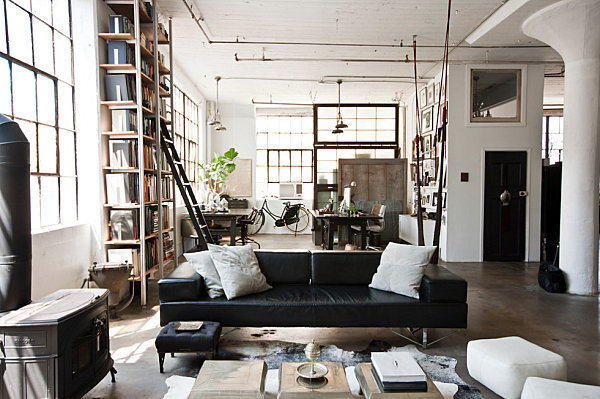
Industrial
Industrial style was popularized in the late 2000s through 2010s. The style draws inspiration from old factories or industrial spaces being converted to residential spaces. Exposed fixtures, brick, concrete, and weathered surfaces are key characteristics. The look is especially popular in urban areas due to the rustic yet modern appeal.
Additonal Resources:
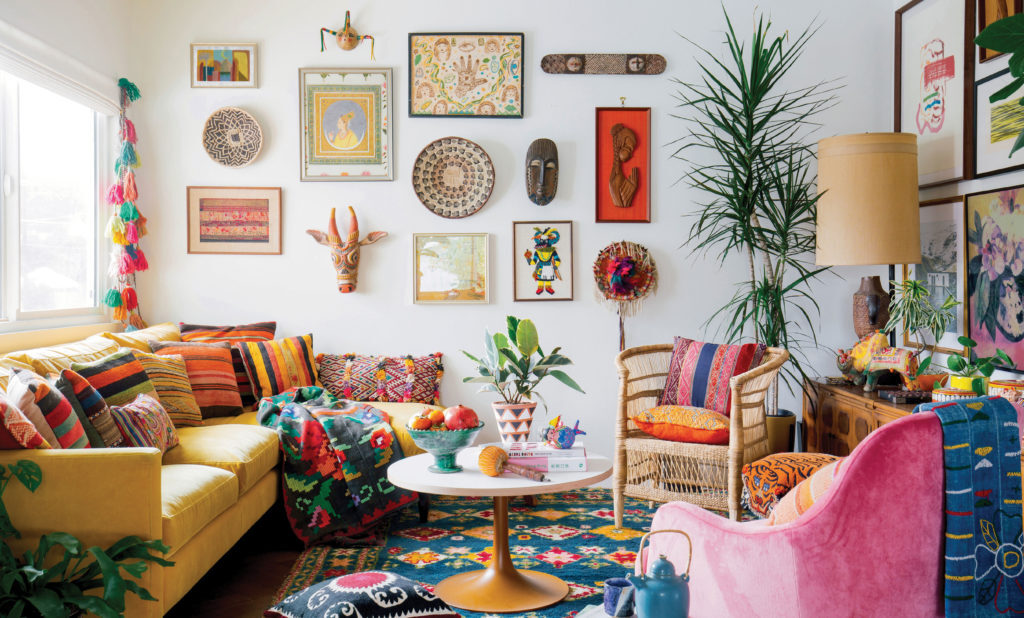
Jungalow
Jungalow originates from combining the words “jungle” and “bungalow.” The style became popular in the late 2010s. It mixes together the aesthetic of vintage, cozy, and handmade with plant life spread throughout the space. Use a variety of textures to create layered looks that fill the space with color and personality.
Additonal Resources:
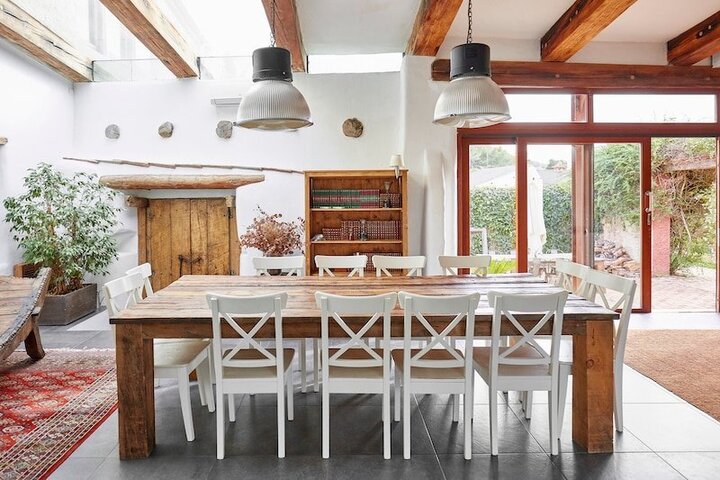
Modern Farmhouse
Modern Farmhouse became popular in the 1990s and early 2000s in response to the minimalist movement. It's a modernized version of traditional design; add knick-knacks and decorations to provide a comforting feel to your room. Key characteristics include barn doors, salvaged food, iron accents, and large furniture.
Additonal Resources:

Feng Shui
Feng Shui is a traditional practice originating from ancient China. It focuses on considering placement of items, symbols, architecture, etc. in relation to qi, nature’s energy. Feng shui has historically been taken into consideration when orienting everything from new business buildings to furniture inside a new home.
Additonal Resources:

Mid Century Modern
Mid Century Modern is an American design movement that came about in response to the post-World War II environment. The clean design inspired by Brazilian and Scandinavian architects in the 1950s emphasizes open floor plans, organic style integrated with nature, and mixing Modernist design into the overall aesthetic.
Additonal Resources:

Scandinavian
Scandinavian design emerged in the early 20th century and became popularized in the 1950s throughout the Scandinavian countries (e.g., Sweden, Finland). By applying minimalist and functional design to household goods and furniture, there's a focus on a simple, clean design that doesn't interfere with functionality.
Additonal Resources:

Industrial
Industrial style was popularized in the late 2000s through 2010s. The style draws inspiration from old factories or industrial spaces being converted to residential spaces. Exposed fixtures, brick, concrete, and weathered surfaces are key characteristics. The look is especially popular in urban areas due to the rustic yet modern appeal.
Additonal Resources:

Jungalow
Jungalow originates from combining the words “jungle” and “bungalow.” The style became popular in the late 2010s. It mixes together the aesthetic of vintage, cozy, and handmade with plant life spread throughout the space. Use a variety of textures to create layered looks that fill the space with color and personality.
Additonal Resources:

Modern Farmhouse
Modern Farmhouse became popular in the 1990s and early 2000s in response to the minimalist movement. It's a modernized version of traditional design; add knick-knacks and decorations to provide a comforting feel to your room. Key characteristics include barn doors, salvaged food, iron accents, and large furniture.
Additonal Resources: